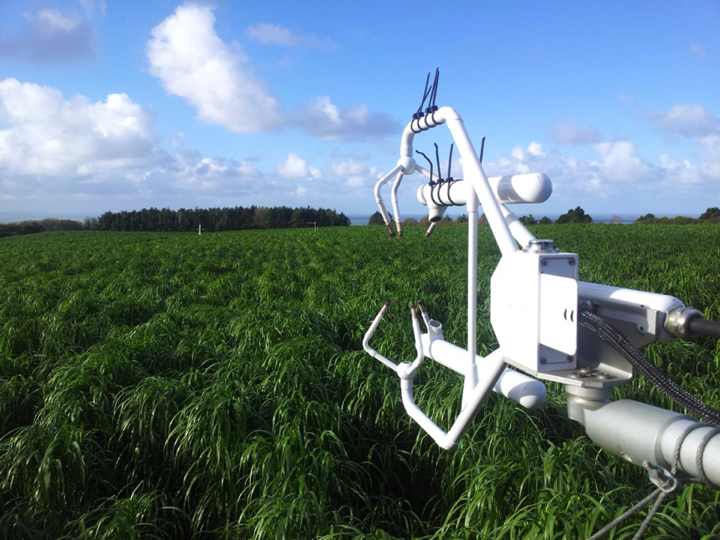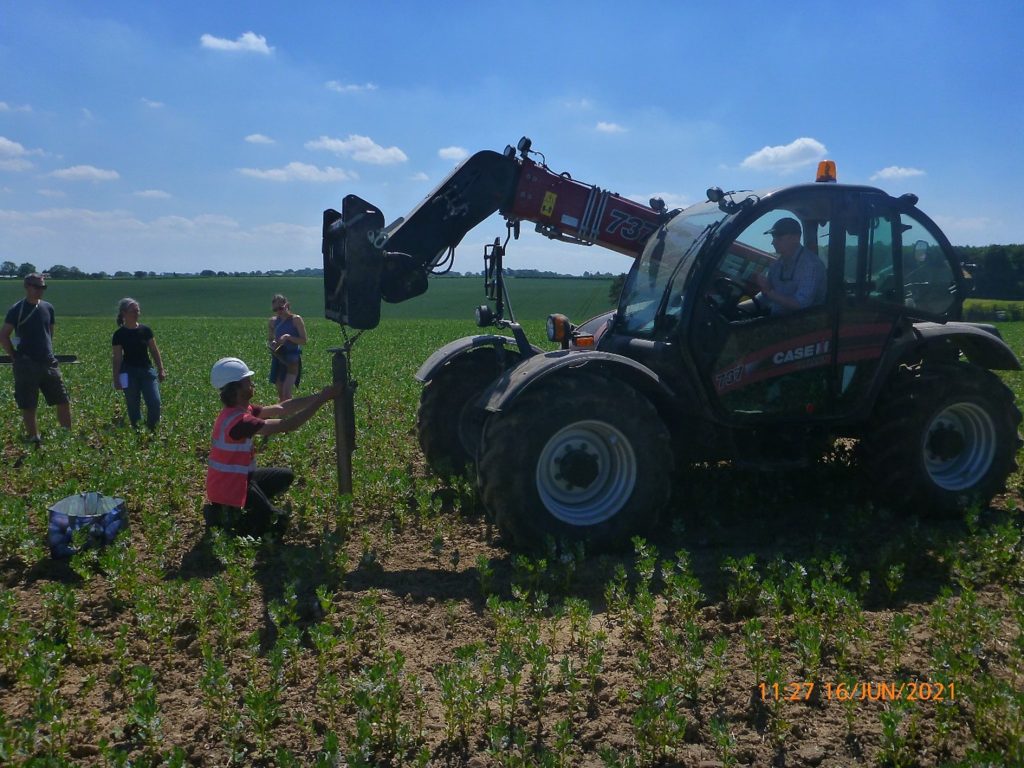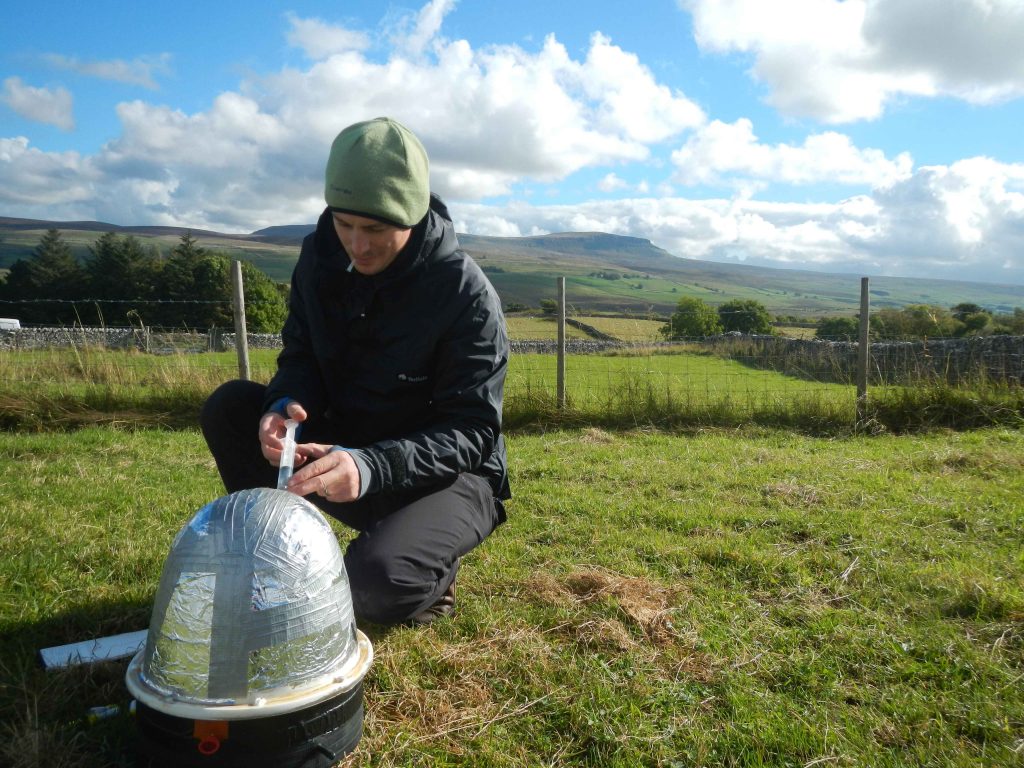The extent to which perennial biomass crops can contribute to the UK’s net-zero carbon emissions are based on detailed measurements of the carbon cycle in fields planted with the crops. During this project, we will directly compare and analyse gas exchange between the atmosphere, plant and soil in fields of both crops using a technique called eddy covariance, and compare this with adjacent fields of permanent grassland and arable as a control.
Whilst perennial biomass crops typically increase the amount of carbon in the soil in the long term, there is usually a decrease in the initial phases of preparing the land for planting and early in the crop establishment period. We will measure gas fluxes for a range of different establishment techniques in order to understand how this can be minimised. We will also quantify the longer term impacts of these crops on soil carbon by analysing soil composition from fields planted up to 20 years ago at sites across the UK.
The amount of carbon that a plant can sequester into the ground varies according to a range of factors. We will investigate below ground carbon across a large number of different Miscanthus plants to see if there is potential to breed new varieties with a greater ability to sequester carbon into the soil.



